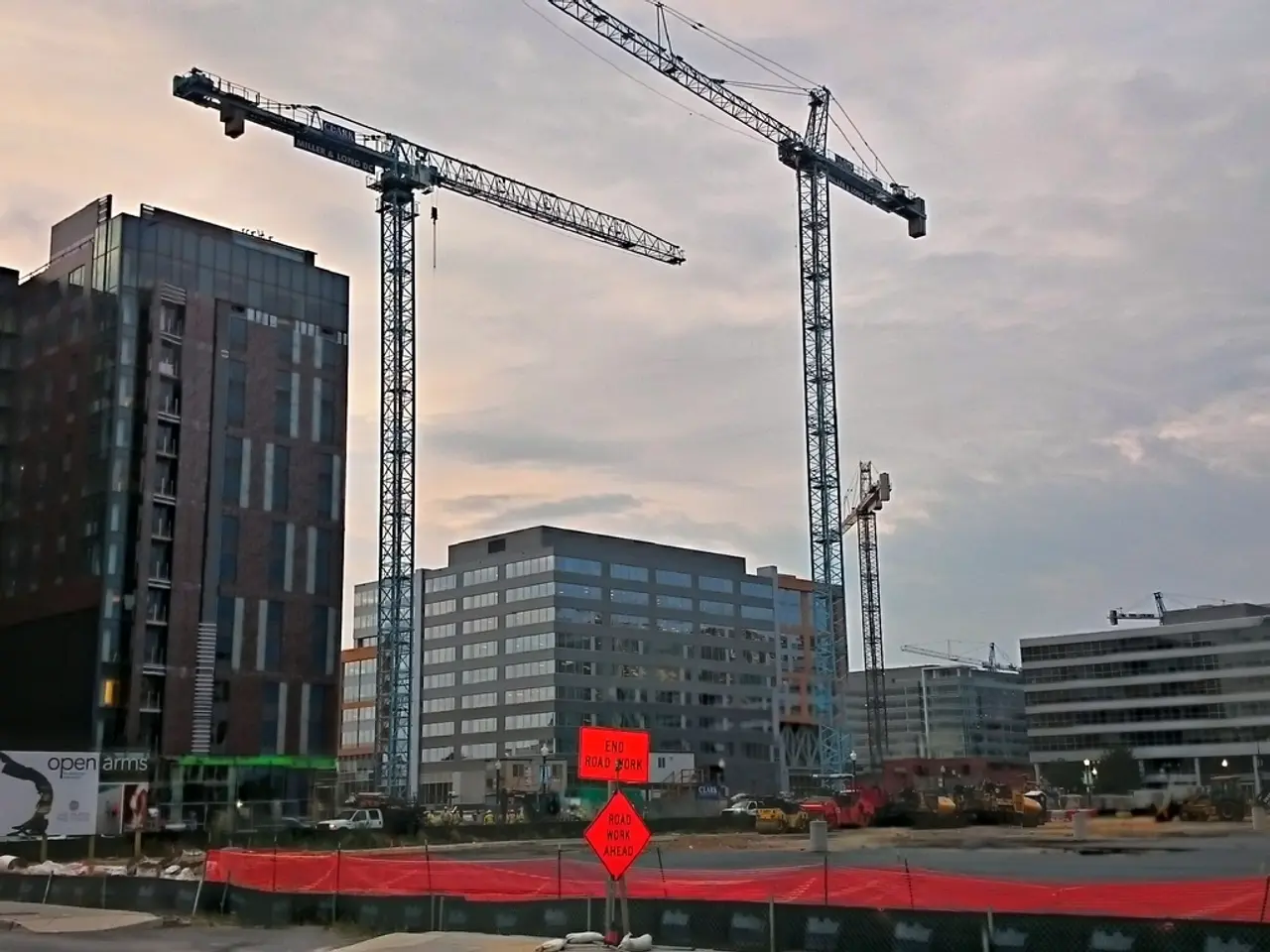Integrating Cadastral Boundaries and Mouza Data using Smart Technology Components
In the realm of land administration, the integration of Cadastral boundaries and Mouza data is undergoing a transformative change, thanks to the implementation of advanced smart technologies. This technological revolution is enhancing digital integration, accuracy, policy implementation, public participation, and transparency in the management of land and property.
At the forefront of this transformation are Remote Sensing, UAVs (drones), and Satellite Imagery. These technologies provide high-resolution, up-to-date spatial data and images that support precise mapping and verification of cadastral boundaries and Mouza data. Geographic Information Systems (GIS) incorporate these technologies, facilitating ground-truthing and validation of land parcel data, leading to improved accuracy and rapid data updates.
Artificial Intelligence (AI) and Machine Learning are also playing a significant role. They enable automated analysis of large spatial datasets, improving detection of inconsistencies or errors in boundary data, automating feature extraction from imagery, and supporting predictive modeling for land use changes. This advances data quality and reduces human error.
Blockchain technology is another key player in this transformation. It offers immutable, secure, and transparent record-keeping for cadastral and land transaction data, reducing fraud and enhancing trust in land tenure systems. By timestamping and decentralizing records, blockchain supports policy enforcement and ensures integrity in land ownership documentation.
Human-Machine Collaboration is an integral part of this transformation. It integrates expert surveyors’ knowledge with intelligent systems, optimizing workflows in cadastral surveying and dispute resolution. This collaboration increases efficiency and leverages the strengths of both humans and machines for better decision-making.
Together, these technologies are enabling digital integration of diverse data types (maps, legal documents, imagery) into unified platforms that support interactive management, visualization, and analysis of land records. They improve accuracy by maintaining spatial and topological integrity, minimizing errors, and ensuring consistency across adjacent parcels using advanced GIS models such as polygon-based parcel fabric systems.
The integration also facilitates transparent land governance by making cadastral and Mouza data more accessible and understandable to stakeholders, supporting public engagement and dispute resolution. It promotes transparency by providing verifiable, accessible land data through digital platforms backed by secure technologies like blockchain, reducing corruption and increasing public trust.
In conclusion, the integration of Cadastral and Mouza data is being transformed by the combination of precise data acquisition, intelligent data processing, secure record keeping, and collaborative expertise. This transformation leads to more accurate, transparent, and participatory land administration systems, further influencing the future of Mouza data and revolutionizing rural foundation data management.
References: [1] Remote Sensing and GIS for Cadastral Mapping. (n.d.). Retrieved from https://www.researchgate.net/publication/324147843_Remote_Sensing_and_GIS_for_Cadastral_Mapping [2] AI and Machine Learning in Land Administration. (n.d.). Retrieved from https://www.land-net.org/ai-and-machine-learning-in-land-administration/ [3] Blockchain in Land Registration. (n.d.). Retrieved from https://www.land-net.org/blockchain-in-land-registration/ [4] Human-Machine Collaboration in Cadastral Surveying. (n.d.). Retrieved from https://www.researchgate.net/publication/326815018_Human-Machine_Collaboration_in_Cadastral_Surveying
Data-and-cloud-computing technologies play a significant role in the transformation of land administration systems, allowing for the storage and processing of large spatial datasets generated by advanced technologies like Remote Sensing, UAVs, and Satellite Imagery.
Technological advancements in artificial intelligence (AI) and machine learning contribute to this transformation by automating analysis, improving data quality, and reducing human error, while blockchain technology offers secure and transparent record-keeping for cadastral and land transaction data.




